iPhone 16 vs iPhone 15: is the newest iPhone worth an upgrade?
Apple's newest handset has arrived, but is the iPhone 16 worth upgrading from the iPhone 15?
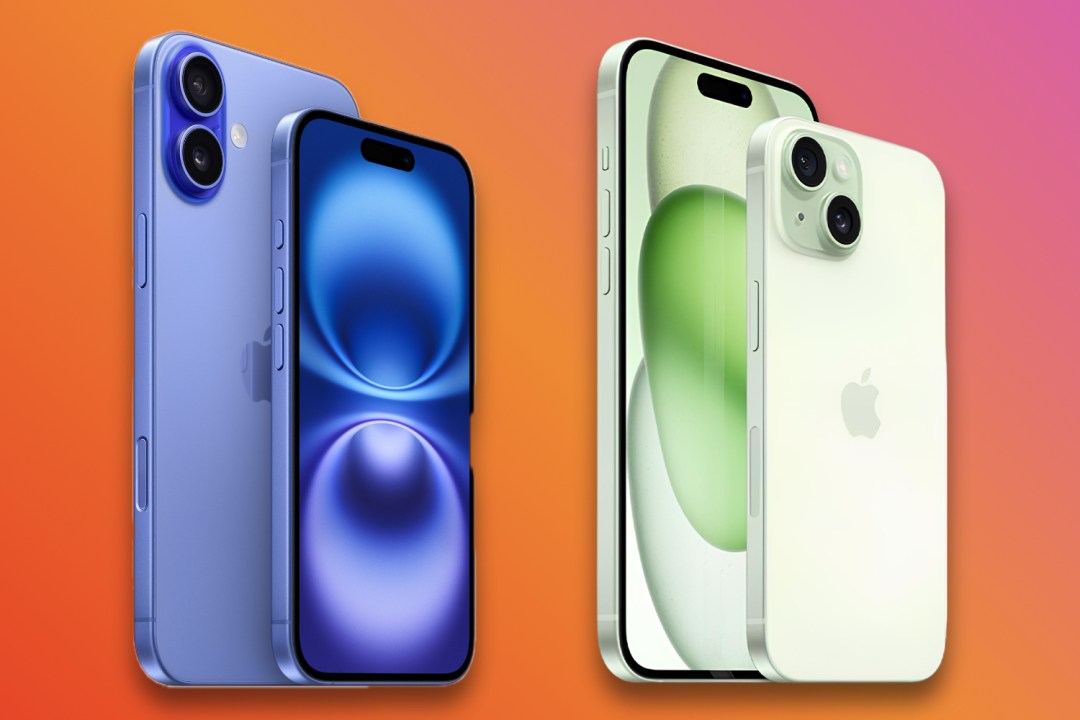
Apple has continued its tradition of annual iPhone releases with the iPhone 16 generation, following last year’s iPhone 15. While both devices share Apple’s familiar design traits and a focus on mainstream performance, the iPhone 16 brings several big upgrades that step it more into Pro territory than previous efforts.
The display is stronger than ever, the cameras are prepped for action, and there’s a brand new button (or two, if you count the addition of the iPhone 15 Pro’s Action button). But how else does Apple’s newest iPhone stack up against last year’s model? Here’s what you need to know if you’re considering an upgrade.
- Read more: Apple iPhone 16 Glowtime event – all our coverage including iPhone 16, Watch 10, AirPods 4
Design & Display: It’s a tough one
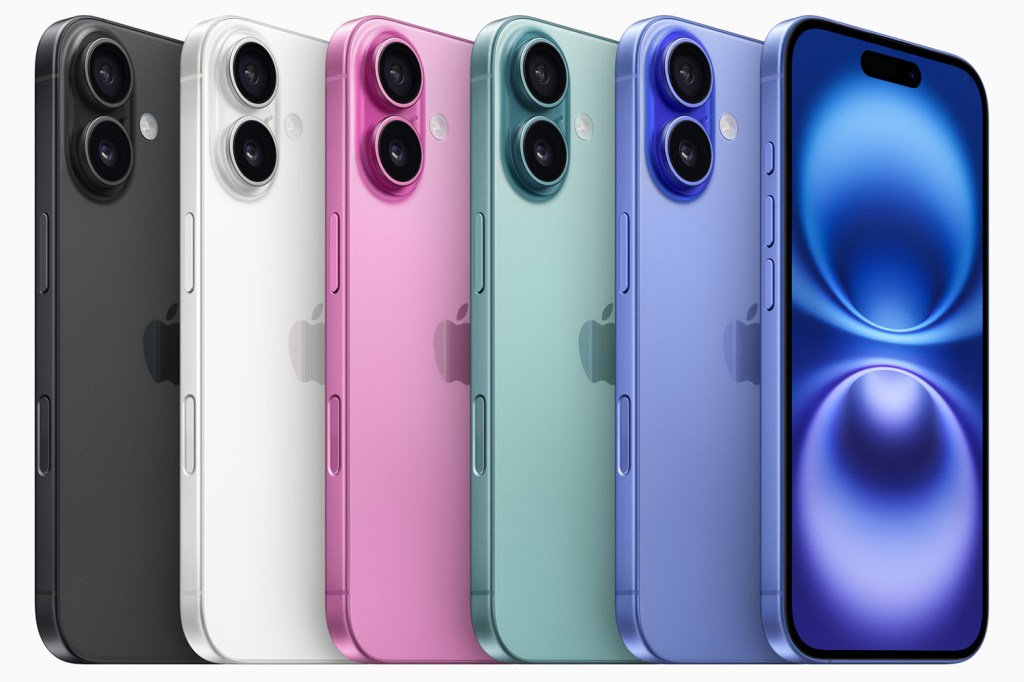
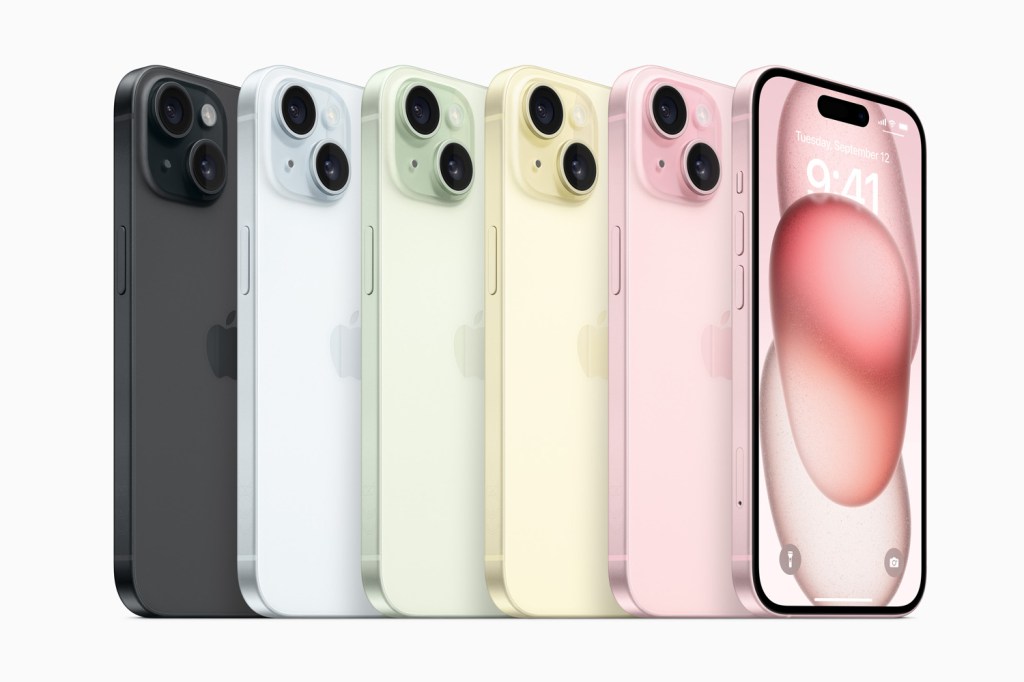
The iPhone 16 sticks to the familiar 6.1in form factor as its predecessor, while the iPhone 16 Plus keeps the same 6.7in screen as the iPhone 15 Plus. However, Apple has made some important design changes. The rear camera duo now sit vertically, a bit like how the iPhone X arranged its lenses. There are five vibrant colour options this year, with four of them being new: Ultramarine, Teal, Pink and White. Black returns from the iPhone 15. That phone’s colour palette was a lot more subdued, with pastel hued pink, blue, green and yellow options.
Apple has introduced newer, tougher Ceramic Shield glass for the iPhone 16. The firm reckons it’s 50% stronger than the iPhone 15’s first-gen Ceramic Shield, so it should survive harder impacts. The underlying panel can get dimmer than before, all the way down to just 1 nit, making it more versatile in darker lighting conditions. Both phones use Super Retina XDR OLED screens, which can deliver a peak 2000 nits brightness, but neither have the ProMotion 120Hz refresh rate seen on their respective Pro models.
Apple brought Dynamic Island from the Pro to the standard iPhone for the iPhone 15 generation, and it carries over intact to the newer model.
Performance & Battery: Yesterday’s jam vs the latest and greatest

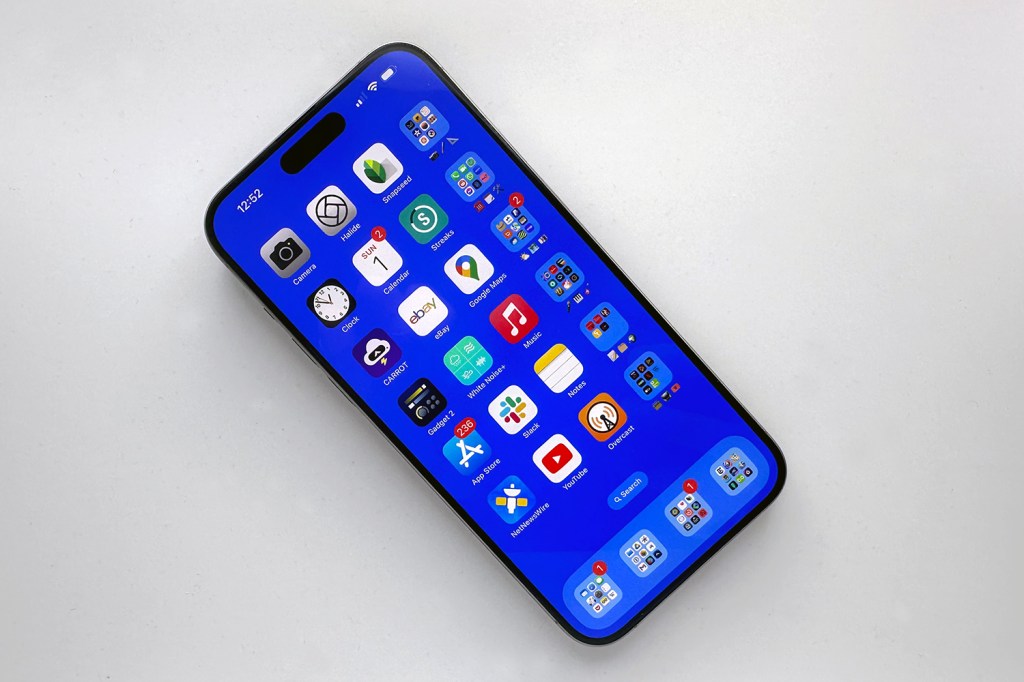
The iPhone 16 introduces Apple’s latest A18 chipset, featuring a 6-core CPU that is 30% faster than the A16 found in the iPhone 15. The 16-core neural engine is optimised for large generative models, ensuring that Apple Intelligence features like Visual Intelligence run smoothly and efficiently. Apple claims the A18 uses 35% less power, leading to better battery life, though specific battery details were not shared. It also comes with 8GB of RAM, reportedly to better run Apple Intelligence.
Meanwhile, the iPhone 15 is powered by the A16 Bionic chip. This processor still offers impressive performance, but is starting to get old now – it was carried over from the iPhone 14 Pro models. While not as fast or efficient as the A18, the A16 delivers strong everyday performance, particularly in gaming and multimedia tasks. It maxes out at 6GB of RAM. Both the iPhone 15 and 15 Plus have all-day battery life, but the larger iPhone 15 Plus offers slightly longer usage due to its bigger battery cell.
Camera: How much AI do you fancy?
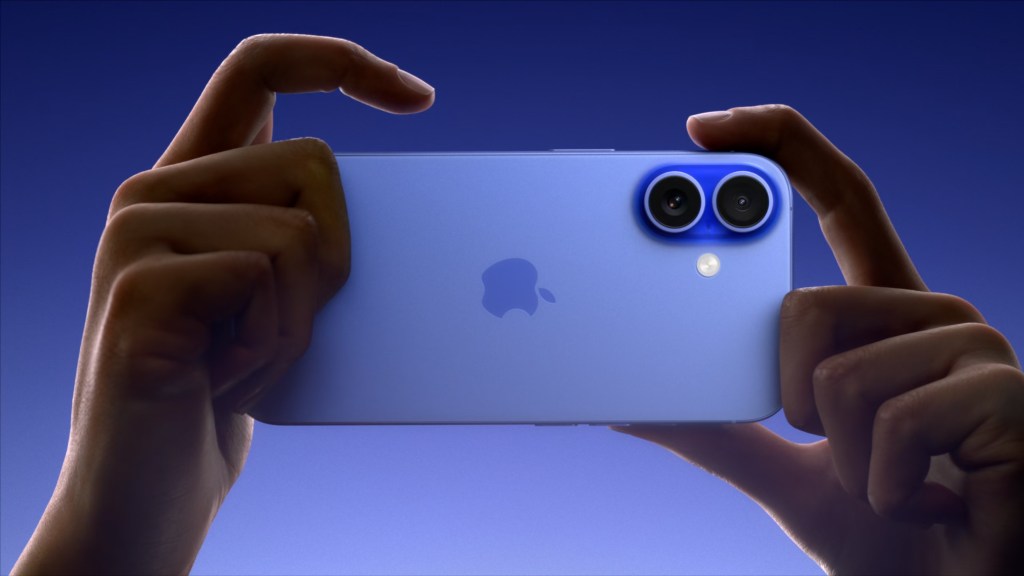
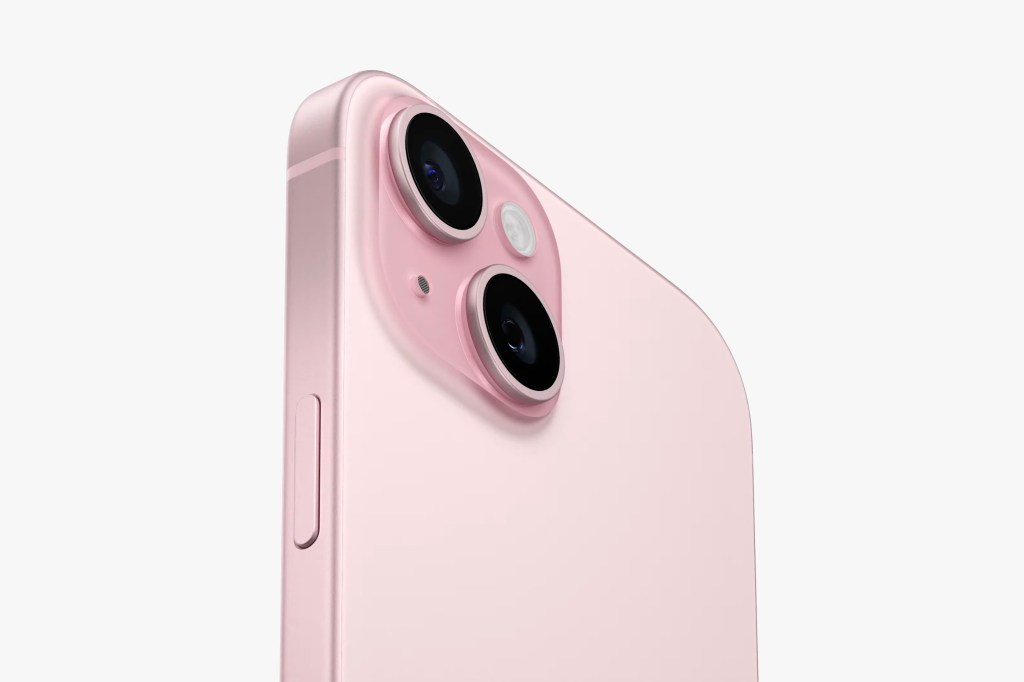
The iPhone 16 brings several exciting camera advancements. While it maintains the 48MP main sensor, Apple has introduced the Camera Control button, allowing for new ways to interact with the camera. Visual Intelligence is a standout feature exclusive to the iPhone 16, letting users snap photos and immediately interact with the objects in them. This feature can identify event posters, add them to your calendar, and even provide additional details through ChatGPT integration.
The new 12MP ultrawide camera gains autofocus and 2.6x more light capture, perfect for low-light and macro photography. The iPhone 16 also supports shooting in 4K 60fps with Dolby Vision HDR, and new AI-powered noise reduction improves video quality.
The iPhone 15 also sports a 48MP main camera, delivering bright, detailed photos. It introduces a 12MP telephoto feature with 2x zoom for sharper zoomed-in shots, alongside improved portrait mode, night mode, and Smart HDR. These features allow users to capture high-quality photos, though it lacks the advanced AI functionalities and new camera controls found in the iPhone 16.
Features: Getting closer to the Pros
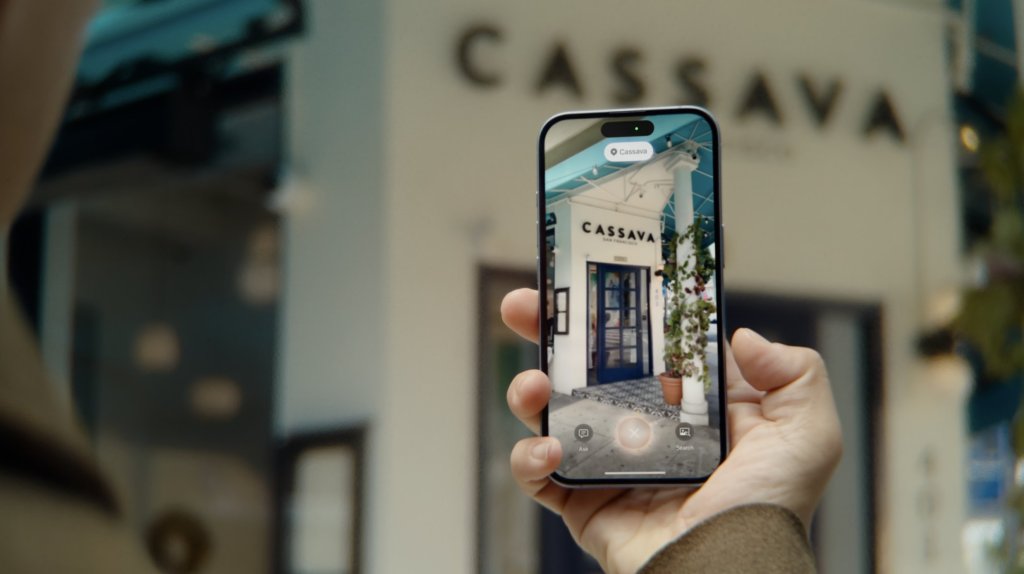

The iPhone 16 adopts the customisable Action Button from last year’s iPhone 15 Pro models, allowing users to assign it different functions like launching the camera or switching the ringer. It also introduces a new Camera Control button, which lets users control their iPhone’s camera with taps and swipes.
The iPhone 15, while offering many great features, lacks the Action Button and Camera Control button. It did introduce USB-C charging for faster data transfer and charging, which was a major upgrade from previous models.
iPhone 16 vs iPhone 15 initial verdict

The iPhone 16 builds upon the foundation set by the iPhone 15, with significant upgrades in performance, camera technology, and user interactivity. The addition of the A18 chipset, new Visual Intelligence features, and a more customisable interface make it a clear evolution over the iPhone 15.
That said, the iPhone 15 still holds its own as a capable, high-performing device, especially for those who don’t need the latest AI advancements or extra camera control. If you’re on the iPhone 15, you probably don’t need to go out of your way to upgrade to the newer model. But if your contract comes up for renewal soon or you’re rocking an older model, it should definitely be on your radar.

